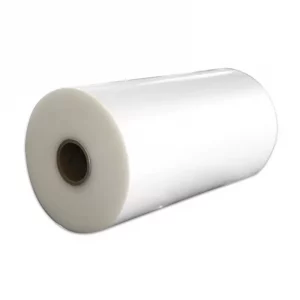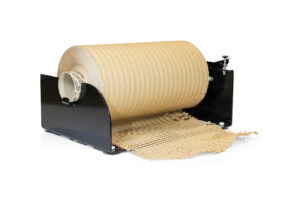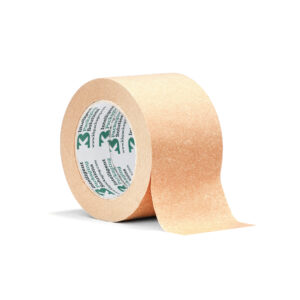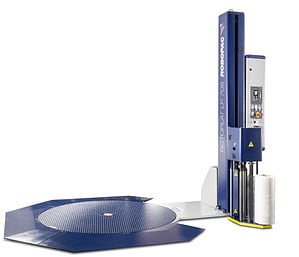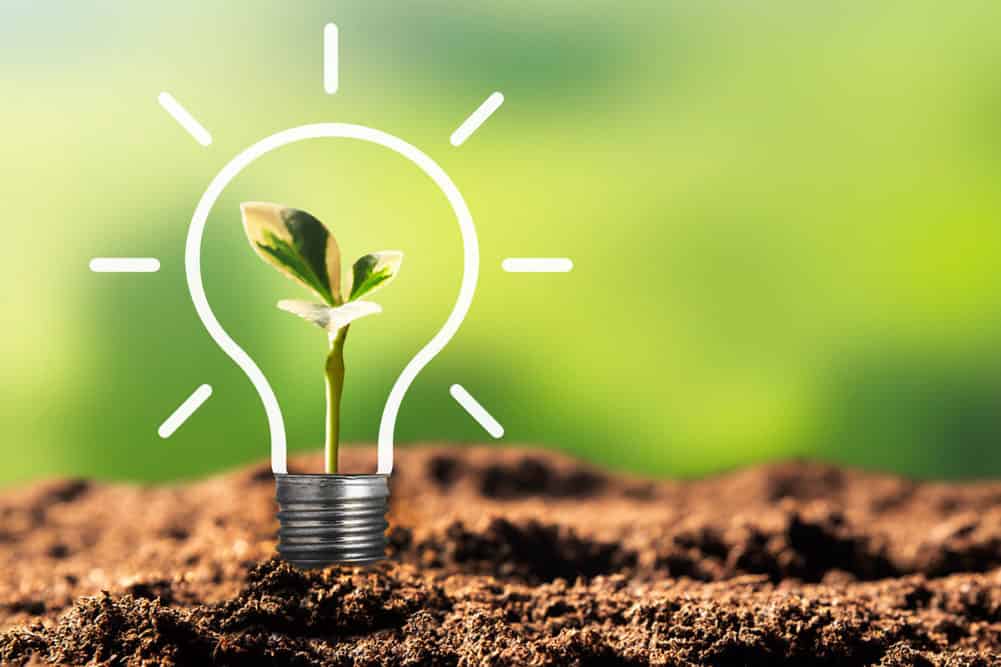Recyclable and Compostable Materials: One of the key ways the packaging industry is adapting to sustainability is through the use of recyclable and compostable materials. Packaging companies are shifting away from traditional plastics and exploring alternative materials such as paper, cardboard, and bioplastics made from renewable sources. These materials are designed to be recyclable or compostable, reducing the amount of waste that ends up in landfills or oceans. They also have lower environmental footprints compared to conventional plastics, as they are often derived from renewable resources and can break down more easily in the environment.
Reduction of Packaging Waste: Packaging companies are also focusing on reducing packaging waste. Through lightweighting, which involves using thinner materials while maintaining the necessary strength and functionality of the packaging, companies are able to minimize the amount of material used and reduce waste. Additionally, innovative packaging designs that require fewer materials or are reusable are being developed to further reduce waste. This includes initiatives like refillable containers, returnable packaging, and packaging made from post-consumer recycled content, which promotes a circular economy by keeping materials in use for longer and minimizing waste.
Circular Economy: The concept of a circular economy is gaining traction in the packaging industry. Packaging companies are adopting circular economy principles, where materials are designed to be recycled or composted, and the materials are kept in a closed loop, rather than being discarded after single use. This involves creating packaging that is easily recyclable or compostable, developing recycling infrastructure, and using recycled materials in packaging production. By embracing circular economy practices, the packaging industry aims to reduce the demand for virgin materials, minimize waste, and create a more sustainable system for packaging materials.
Eco-Friendly Technologies: The adoption of eco-friendly technologies is also driving sustainable packaging practices in the industry. Packaging companies are investing in technologies that reduce the environmental impact of packaging production. This includes using water-based inks, solvent-free adhesives, and energy-efficient production processes to minimize emissions, energy consumption, and water usage. These technologies help in reducing the overall environmental footprint of packaging production and contribute to more sustainable practices.
Certifications and Labeling: Certifications and labeling schemes are being used by packaging companies to provide transparency and assurance to consumers that their packaging meets certain sustainability criteria. For example, certifications such as the Forest Stewardship Council (FSC) ensure that paper and cardboard used in packaging are responsibly sourced from well-managed forests. Additionally, certifications for compostable or biodegradable packaging help consumers identify packaging that is designed to break down more easily in the environment. These certifications and labeling schemes play a crucial role in promoting sustainable packaging practices and building trust with consumers.
Collaboration with Stakeholders: The packaging industry is actively collaborating with various stakeholders to drive sustainable packaging initiatives. This includes working with local recycling facilities to improve recycling rates, engaging in awareness campaigns to educate consumers about proper waste disposal, and partnering with other businesses to develop joint sustainability initiatives. Collaboration with stakeholders helps in creating a collective effort towards sustainability, addressing challenges collectively, and creating a more sustainable packaging ecosystem.


